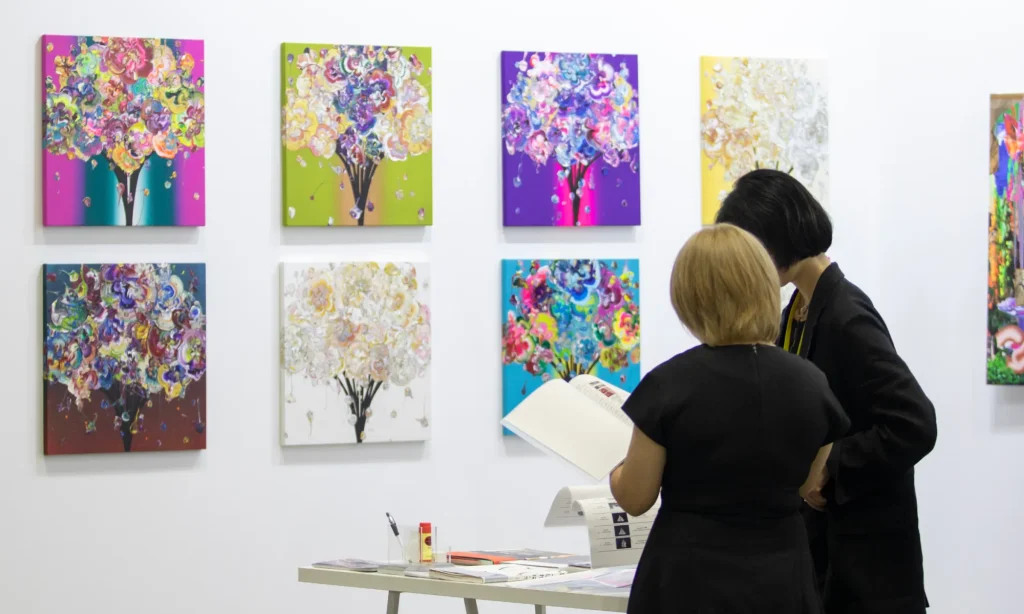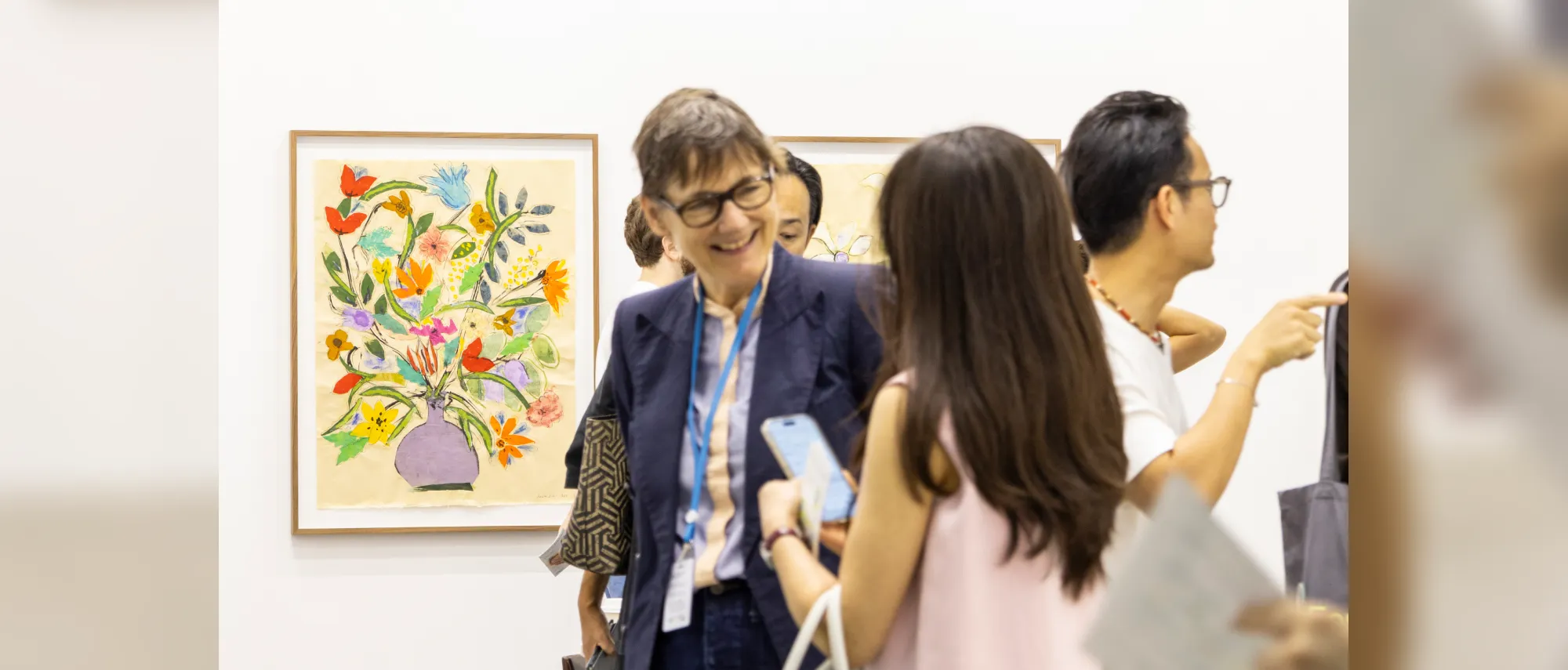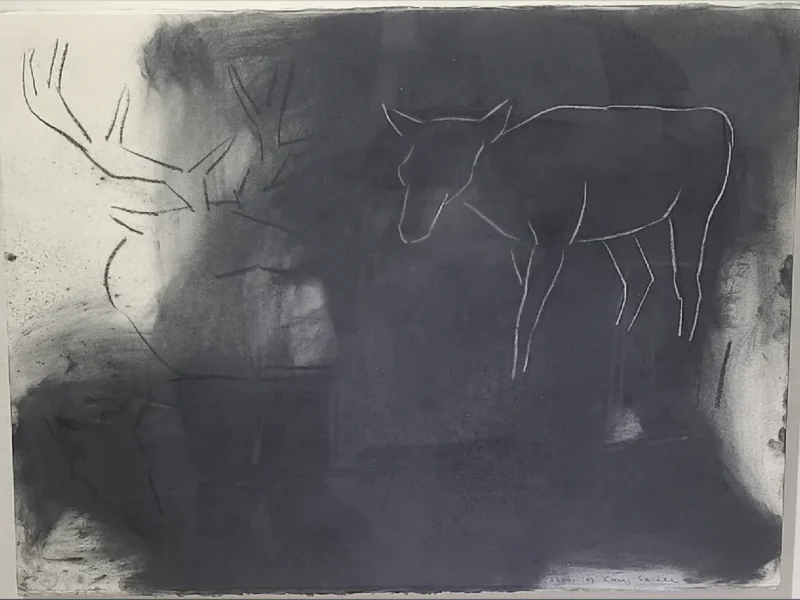International art fairs offer a unique chance to discover works from around the world, and maybe even an opportunity to take a piece home with you. In part two of this beginner’s guide, Eri Takane, Fair Director of Tokyo Gendai, answers common questions about buying art, from pricing and etiquette to what happens after you buy an artwork.
Can I buy art at an art fair? How does the buying process work?
Short answer: yes, you can purchase works of art at an art fair.
The way galleries sell people artwork varies quite a bit. Some operate on a first-come, first-served basis, while others prioritise the work being placed in museums or long-time collectors.
If you’re interested in a piece, ask the gallerist, “Can you tell me more about this piece?” or “Can you tell me the price?” This way you can check whether it’s already sold.
If it’s still available, you may be able to place a hold on it, with the option to confirm your decision later that same day. If the sale goes through, you’ll get an invoice.
Where can I check the price for each art work? How do I know which art works are for sale and which ones are already sold?
It’s a matter of the galleries’ preference – some galleries mark works sold with red or blue dots, but others do not. If you’re unsure, it’s best to ask the gallerist.

Can I ask questions about how to properly hang/store these works at my home?
Of course. Depending on the piece, there may be specific display or storage recommendations from the artist or gallery.
Especially for pieces that use unconventional materials, there will often be a set of directions accompanying the piece.
Asking the gallerist before purchasing an artwork will help ensure you can display it under optimal conditions and enjoy it for a long time.
Can you tell me about the payment process?
The gallery will send you an invoice, and you’ll make the payment based on that amount. Wire transfer is pretty standard, but there are some galleries that accept credit card payments as well.
How do artworks get shipped?
It depends on the type of artwork and the artist. Simple works may arrive in cardboard packaging, while more fragile or large-scale pieces are often shipped in wooden crates or custom packaging.
In Japan, some people choose to collect the work themselves to save on shipping costs. For large or delicate works, it’s common to hire a professional art handler.







